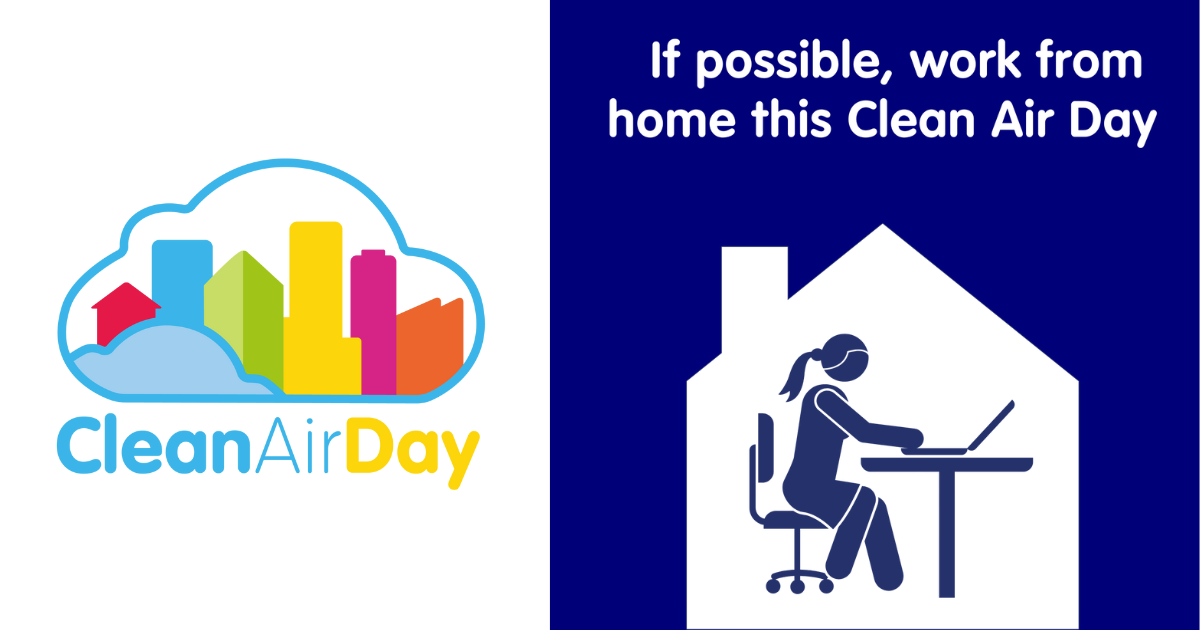The grand return to the office has become the buzz of corporate landscapes, with companies navigating the delicate balance between productivity, employee preferences, and the ever-elusive ‘new normal.’
According to a survey by Resume Builder, a whopping 90% of companies plan to have their teams back in the office by 2024, a big change from the remote work trend we saw during the pandemic.
Goldman Sachs is urging its employees to embrace a full five days in the office each week. Meanwhile, tech titan Google has taken an intriguing turn by factoring in-office attendance into performance reviews, underlining a fascinating convergence of workspace and career advancement. At the cutting edge of digital innovation, Meta is not just monitoring employee attendance daily; it’s turning up the heat by potentially terminating those who fail to comply.
But why are companies so eager to bring everyone back to the office in 2024?
According to industry leaders, it’s seen as a cure-all for corporate challenges. An impressive 81% believe it will boost revenue, while an equal percentage sees it as a catalyst for enhancing company culture. Furthermore, a resounding 83% predict a surge in worker productivity with a return to the physical workspace.
Insider insights reveal Amazon’s bold move to empower managers to dismiss employees unwilling to clock in at the office for at least three days a week. This raises a critical question: are companies risking the loss of valuable talent by enforcing rigid policies?
This tension between the eagerness to return to the office and the potential fallout is a significant point of discussion in the corporate world. While the majority of leaders see a return to the office as a solution to various issues, but the companies’ rigid RTO policies suggests a potential downside. The question of whether strict policies could lead to a talent drain becomes increasingly relevant.
Companies find themselves at a crossroads, balancing the promise of increased revenue and productivity with the risk of losing valuable team members. This dilemma adds layers to the ongoing debate about the future of work and the role of the physical office. As we navigate these complexities, the decisions made by companies today will undoubtedly shape the landscape of work for years to come.
But what do employees want?
According to a poll, 65% percent of workers desire to work remotely all the time, highlighting the popularity of this work model . At the same time, 32% prefer a hybrid schedule, which combines the best of both worlds—flexibility from remote work and collaboration opportunities from in-office work.
Furthermore, a study by Greenhouse Candidate Experience underscores the significance of flexibility, revealing that a whopping 76% of employees would actively seek new job opportunities if their current employer were to eliminate flexible work options.
Additionally, employees are expressing a growing interest in holistic well-being support from their employers. Surveys indicate that wellness programs, mental health resources, and a healthy work-life balance are increasingly becoming key considerations for individuals when evaluating job satisfaction. This signals a shift in the expectations of employees who seek not only professional growth but also a supportive and balanced work environment.
As companies navigate the ever-evolving dynamics of the workplace, understanding and responding to these nuanced preferences is becoming instrumental in attracting, retaining, and fostering a motivated and satisfied workforce. The call for a workplace that respects individual needs, offers flexibility, and prioritizes well-being is louder than ever, shaping the future contours of employee expectations and satisfaction.
Navigating the Post-Pandemic Terrain
As we navigate the complexities of a post-pandemic working world, companies find themselves at a crossroads. Opting for a 100% return to the office entails weighing the potential upsides—increased productivity and revenue—against the downsides—disgruntled employees and potential talent drain.
In the search for a good solution, it’s essential to find a balance between getting work done and keeping employees happy and healthy. Companies need to figure out when it’s really important for people to work together in person, especially for certain projects. On the flip side, if the job can be done just as well from home, and employees like the idea of having that flexibility, companies should listen and go with the flow. It’s all about finding the sweet spot that works for both the company and the people doing the work. Striking this balance ensures a happy and productive work environment.
The keywords are adaptability, balance, and understanding. The future of work lies in a nuanced approach that accommodates the needs and preferences of both employers and employees. Whether it’s the physical office, the comfort of home, or a hybrid haven, the evolving landscape of work awaits its architects to sculpt a masterpiece that prioritises both productivity and employee satisfaction.













